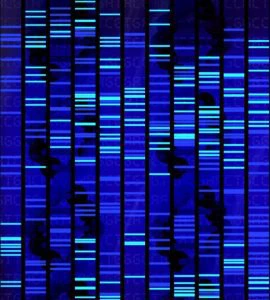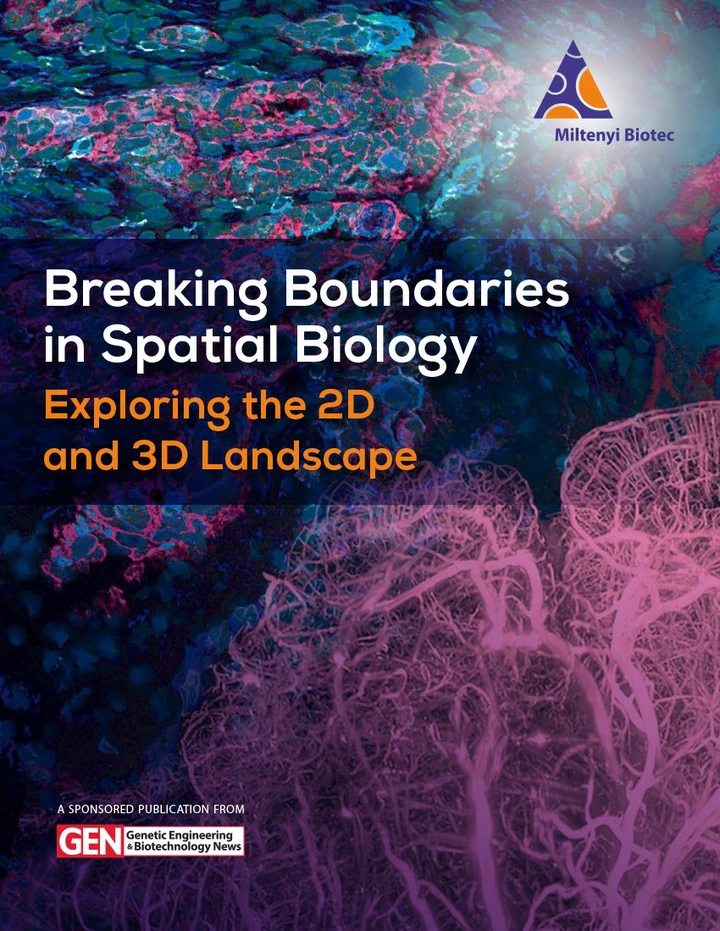Science
Boeing Starliner crew members continue to stay occupied aboard the ISS, yet they express a desire to return home in the future.
2025-03-25 13:16:44
View pictures in App save up to 80% data.
On Wednesday, January 8, 2025, NASA astronauts Butch Wilmore, Nick Hague, Don Pettit, and Suni Williams engaged in a conversation from the International Space Station with NASA Administrator Bill Nelson and Deputy Administrator Pam Melroy. (NASA)
Having officially spent seven months aboard the International Space Station, the two NASA astronauts who traveled on Boeing's Starliner last June are preparing for a hectic schedule in the new year as they anticipate their return flight in the spring.
Butch Wilmore and Suni Williams reached the International Space Station (ISS) on June 5 aboard the Starliner. However, they stayed on the station after NASA opted to return the spacecraft without its crew due to safety concerns. The two astronauts connected with fellow NASA members Nick Hague and Don Pettit for a conversation from the ISS with NASA Administrator Bill Nelson and Deputy Administrator Pam Melroy on Wednesday.
“I’d like to request Butch and Suni to clarify once and for all the questions that reporters keep bombarding me with regarding your situation. They’re worried about you being stranded, lacking clothes, and food,” Nelson stated. “Could you please put these concerns to rest for good? I sincerely hope you won’t have to address this again. How are you both doing?”
Wilmore stepped in to clarify that during the duo's initial flight on Starliner, which was initially intended to last just eight days, they encountered some clothing challenges. This was due to Starliner needing to transport emergency equipment to ensure the bathroom was operational, resulting in the pair having to forgo some of their personal items.
“It was common knowledge that we arrived here and exchanged a few components we required on the space station for some of our clothing. We ended up wearing those clothes for a period, but it didn't inconvenience us at all. Up here, clothes are more relaxed in fit. Unlike on Earth, where sweating can make things uncomfortable, here they are loose enough that you can wear them for weeks without any issue.”
Since the arrival of Crew-9 last fall, the duo has been provided with a new wardrobe, according to him, and this mission will ultimately serve as the return journey for Williams and Wilmore.
He also mentioned that everyone on the vessel is well-nourished.
"I've never witnessed anyone consume as much food as Don Pettit does. It's incredible to see this man eat, especially considering how slim he is. It's truly a delight to behold," Wilmore remarked.
Melroy reaffirmed her commitment to dispelling the “stranded” narrative that has circulated in various media outlets regarding the prolonged stay of the Starliner astronauts.
“So what you're saying is that you're not tapping into 'Cast Away,' and you don't possess a volleyball marked with a handprint that you refer to as Wilson,” Melroy remarked.
Williams, currently serving as the commander for what is now Expedition 72, remarked that there is an overwhelming amount of work to focus on, leaving little room for such contemplations.
“Not at all, we have a full team here, so that’s not a concern. Plus, there’s plenty of work to tackle with the crew down below,” she mentioned. “We conducted numerous scientific experiments during SpaceX’s cargo resupply mission 31. Upcoming spacewalks are on the agenda as well. Things were quite hectic while we awaited Nick (Hague) to arrive. It’s truly been a pleasure working up here, especially alongside our colleagues on the opposite side of the space station.”
Williams and Hague are scheduled to undertake at least one spacewalk later this month, while Wilson and Wilmore may participate in a second one the following week.
“It’s an amazing team, and honestly, it doesn’t feel like we’re isolated. Sure, we want to return home eventually, since we’ve been away from our families for some time, but there’s plenty to accomplish while we’re here,” Williams remarked. “We need to finish all our tasks before we can head back.”
The astronauts of Starliner were formally integrated into the Crew-9 team when the SpaceX Crew Dragon Freedom docked on September 29, piloted by Commander Hague, accompanied by mission specialist Aleksandr Gorbunov from Roscosmos. The two astronauts traveled with two vacant seats, allowing Wilmore and Williams to catch a ride back home.
Crew-9 will remain at the International Space Station until Crew-10 arrives, which is scheduled to launch in late March.
This suggests that Crew-9 might not come back to Earth until early April, as there typically is a handoff period of about a week following the arrival of a replacement crew. Consequently, Wilmore and Williams could end up spending nearly 10 months aboard the spacecraft.
NASA's Pettit has joined the team after arriving via a Soyuz spacecraft, and he is scheduled to head back home on the same vehicle in March.
This week, Williams has ascended to the second position for the total number of days spent in space by a NASA astronaut. With a remarkable 538 days accumulated over three missions to the ISS since 2006, she now follows in the footsteps of Peggy Whitson, a former NASA astronaut and current Axiom Space employee, who has an impressive record of over 675 days in space. Whitson is also set to add to her total as she prepares to take command of the Axiom 4 mission later this year.
read more

